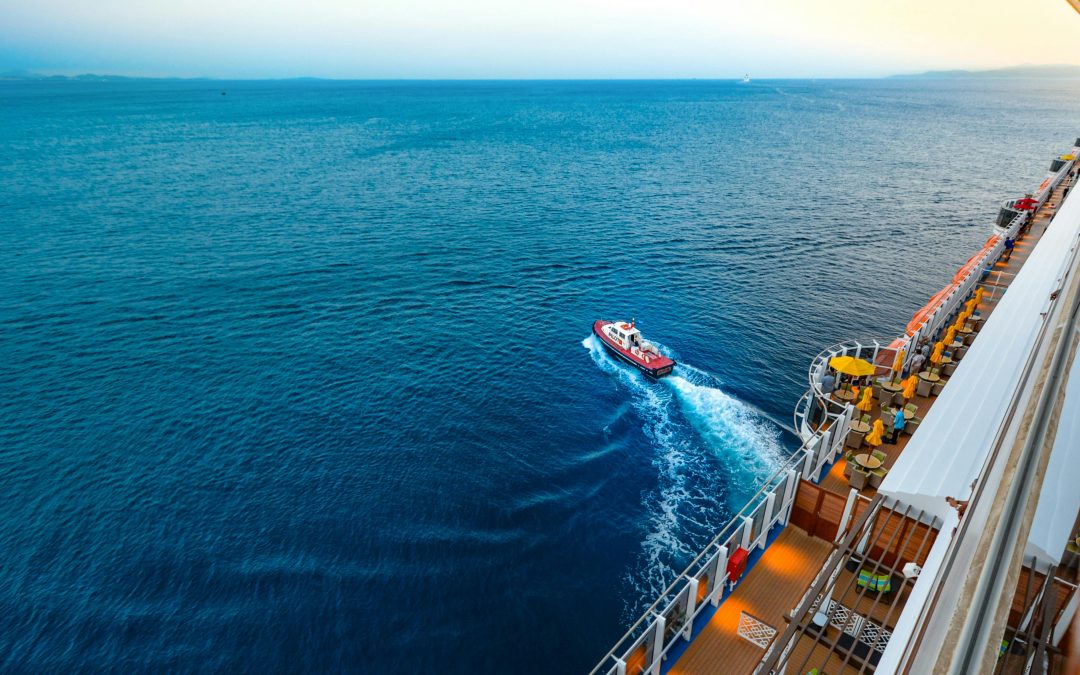Container freight rates from the Indian subcontinent to West Africa have risen amid the movement of rice in large volumes over this route since mid-November, sources told S&P Global Commodity Insights. Sources added the stronger rates are likely to continue till January 2025 and may lead to a shift to bulk shipments from containers.
“Container freight rates from [the Indian] east coast to West African markets such as Cotonou rose 22% in November from October,” according to a source.
Freight rates to West African destinations from the Indian port of Vizag were at $1,900/TEU in October, and they increased to $2,400/TEU for Cotonou and Lome for December shipment, sources added.
While container freight for other trade lanes have been declining during the holiday season, spot freight from the Indian subcontinent to West Africa has spiked due to it being the peak season for rice movement.
Shipping sources in India have reported a shortage of space on ships for moving rice and machinery to West Africa, with smaller ships employed for India-Africa services exacerbating the space crunch.
“The vessels are smaller as compared to other trade lanes, and rice is heavy so the space is restricted,” a source said. “Both Indian and African ports usually handle smaller vessels, it should be around 6,000-7,500 TEU vessels.”
Rates of both 20-foot and 40-foot containers to West Africa have risen as a result, with participants saying container freight to the West African region is still on the higher side at $3,600-$4,000/FEU for December shipment.
“I had moved cargo last month at the same level as we are seeing now, so we can see that West Africa rates are stable at elevated levels, unlike other regions that are seeing a decline,” a shipper said.
Impact on existing contracts
With West Africa being a price-sensitive market, exporters said that the increase in freight rates is currently impacting deals and it was likely that new businesses would shift partly to breakbulk from containerized vessels.
The increase in container freight mostly impacts micro, small and medium-sized enterprises, which usually trade using containerized vessels.
“Small players are in discomfort as they don’t prefer breakbulk vessels. Offloading cargo at destination ports from breakbulk vessels takes time as the top loader gets their cargo out first and the bottom loader would get theirs out later,” an exporter said.
The exporter added that if the spread between bulk and container increased more than $30/mt, then exporters would have to choose breakbulk.
Sources said that buyers would not be interested in trading at higher levels, and the increase in container freight will likely be borne by exporters.
Market participants are expecting the container rates to West Africa to likely remain firm till January 2025.
Soft prices despite high freights
Despite the rise in freight rates, the Parboiled 5% market remained soft amid high supply pressure from the new crop harvest.
Platts assessed PB 5% STX at $444/mt FOB Dec. 4, down by $10/mt on the week and $50/mt from Oct. 4.
India is forecast to export 20.5 million mt of rice in marketing year 2024-25 (October-September), up 42.36% year over year, according to S&P Global Commodity Insights data
Source: Platts





